Children as future ambassadors for shark conservation
We need to stop looking at research as the main way to do shark conservation, because our work with sharks is all about team effort and needs to involve scientists, authorities, and the community. While laws and regulations are in the slow lane in Chile, we realise that a different approach was needed to enforce awareness in the community. Sharks are wonderful creatures, yet not everyone agrees with me. Together with the “Programa de Conservación de Tiburones” (“Chilean Shark Conservation Program”), community outreach talks and workshops were held in Antofagasta and the surrounding locations in northern Chile. Posters and brochures with information on the diversity and ecological and ecosystem role of sharks have been produced and distributed to raise awareness in the community. It should be noted that most people believed that there were no sharks on the coast, so it was important to attend all the environmental education events over the last two years to participate in this media unveiling of the importance of sharks in the ecosystem, our role as researchers, and how we could work together to help all sharks, especially Chilean houndsharks.
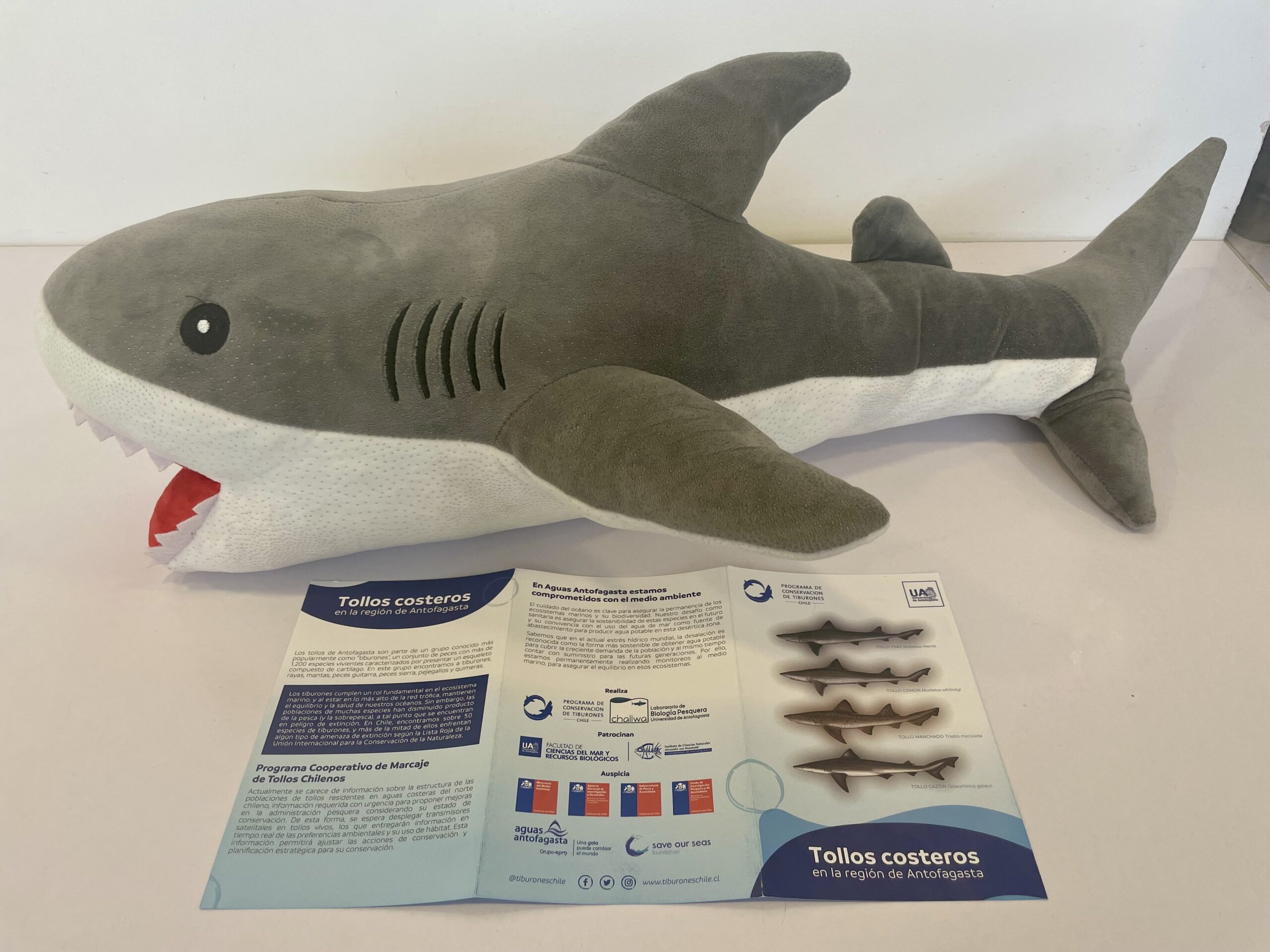
Brochure designed to provide information about the coastal houndsharks of Antofagasta. Photo © Carolina Vargas-Caro
We also visited many schools because the children are the future, right? Our children’s influence on meta-learning in the family is fundamental to the incorporation of new concepts. Parents are our target audience, but they are more receptive to the words of the younger generation than their peers, especially when we are trying to change misconceptions about sharks. Children of all ages were amazed by “real life baby shark” and many classes ended up organising subsequent visits to our laboratories at the University (which was awesome, by the way!)
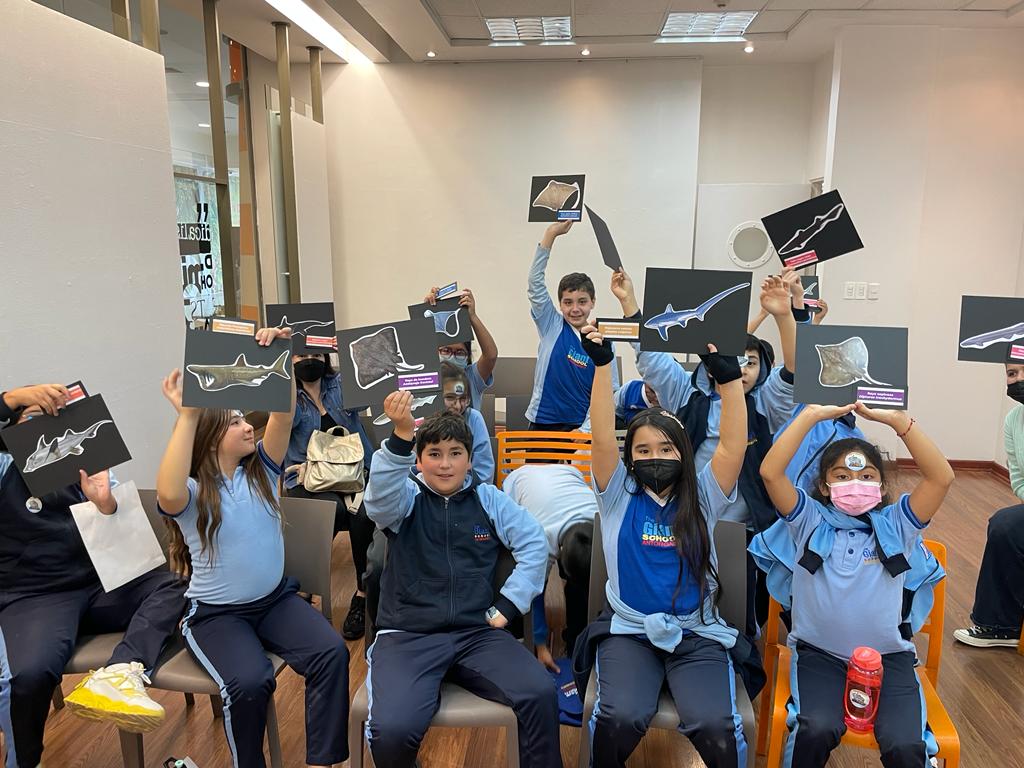
Children completing a species identification workshop. Photo © Carolina Vargas-Caro
By attending all these events and schools, we realised that one of the best ways to reach our target audience was through storytelling, and we came up with the idea of having a “Guide for Best Practices” for anglers and fishers, as well as a children’s book for families and friends.
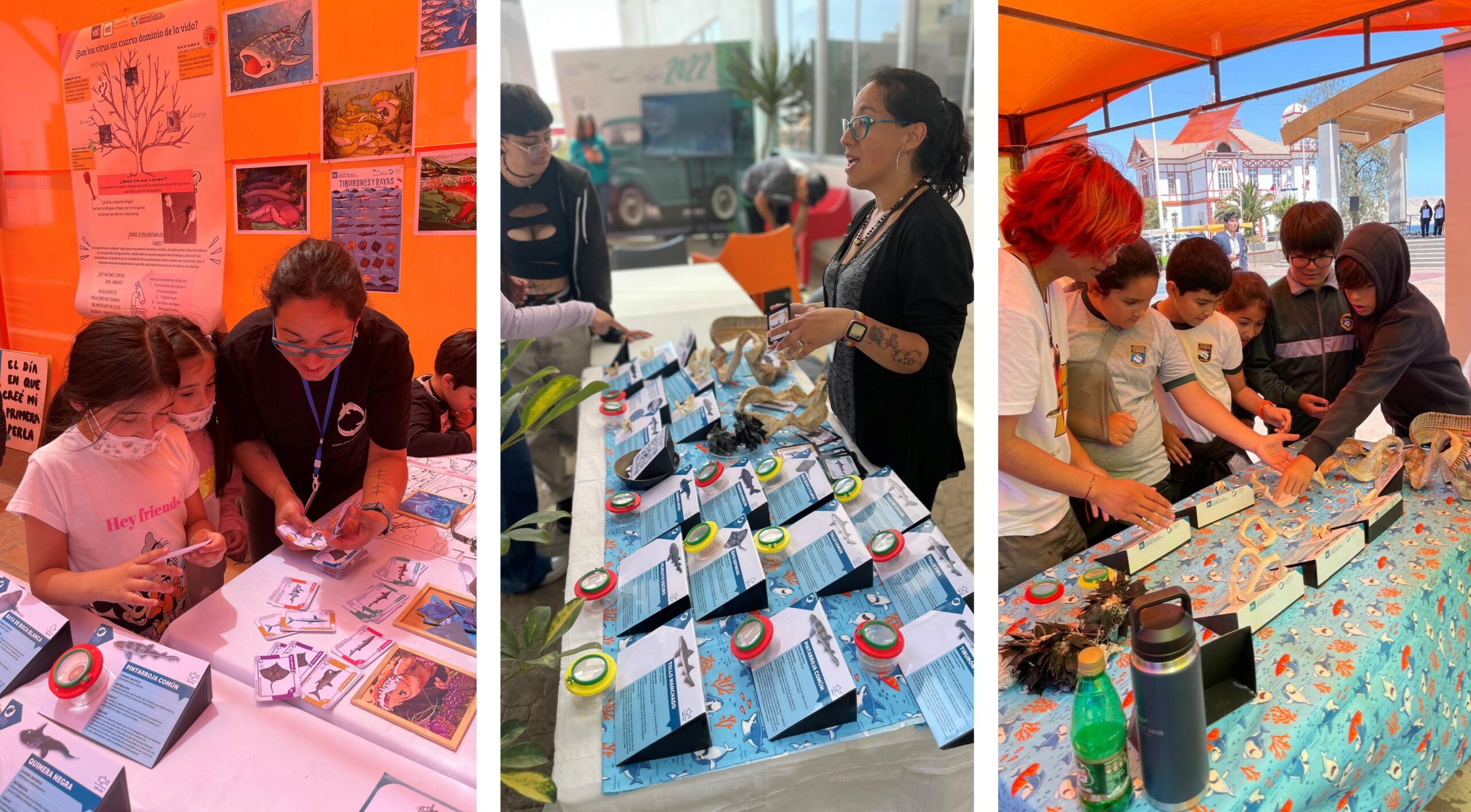
The entire community was given the opportunity to learn by playing and having fun. Photo © Carolina Vargas-Caro
In the search for positive emotions towards sharks, the book “El gran viaje de Titi” (“Titi’s great journey”) was born. Through illustrations and simple language, we travel along the Chilean coast, introducing concepts related to threats to marine biodiversity, fishing and aquaculture, marine protected areas, among others. Meta-learning through accompanied reading involves parents and educators, reinforcing concepts related to marine conservation, threats of extinction, sustainability of human development and climate change.
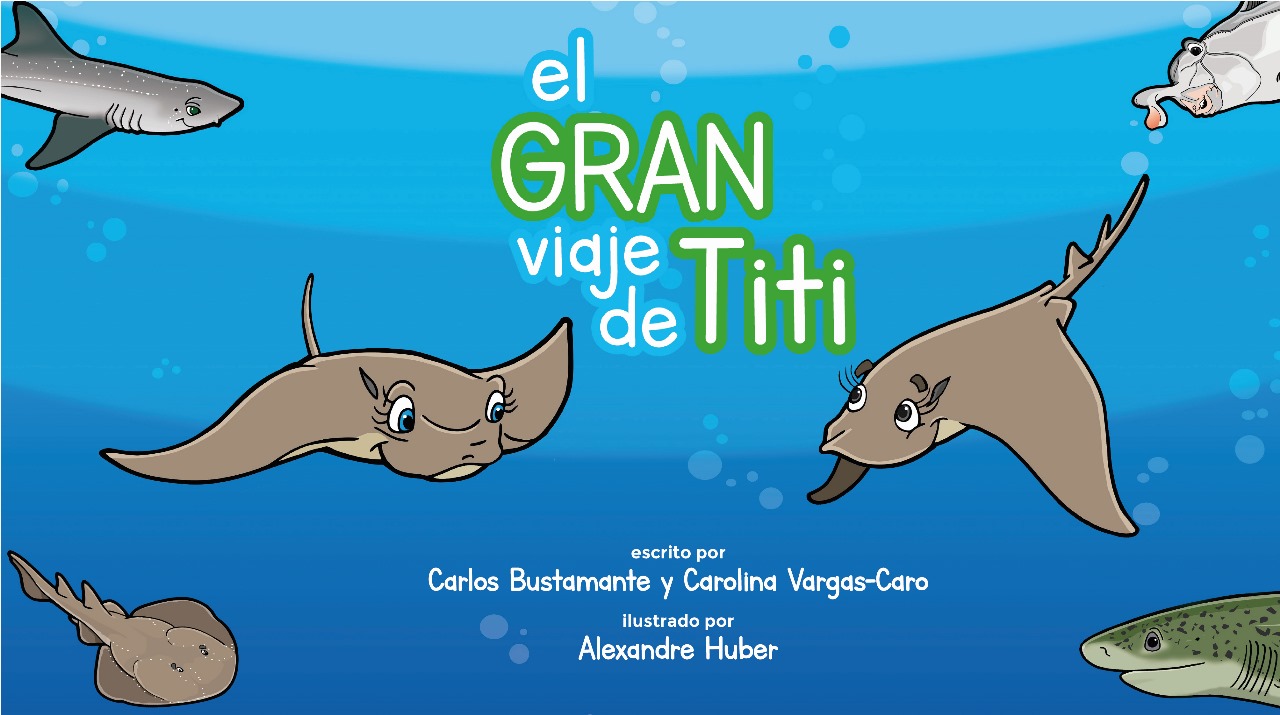
Click on the above link to view the book online. Illustrations by Alexandre Huber
This book aims to be a transversal tool to promote reading, and a key reference for understanding and appreciating Chile’s marine biodiversity. We invite you to know about some of the sharks, rays, skates, and chimeras that can be found along the Chilean coast.
With this in mind, we are pleased to announce that this book has already been distributed free of charge to groups, foundations, and libraries of various schools in the Antofagasta region as well as to other institutions in other parts of Chile.
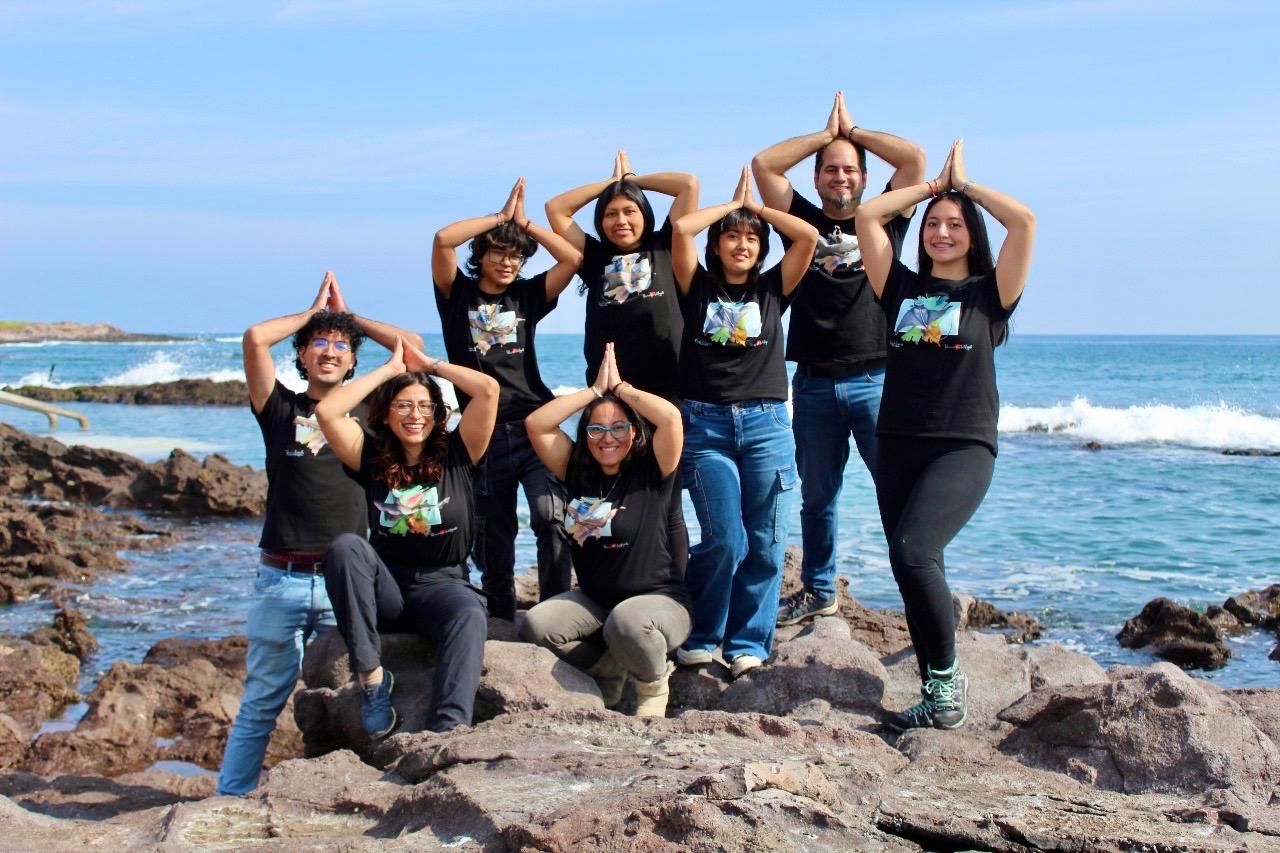
Chilean Shark Conservation Program Team. Photo © Carolina Vargas-Caro
